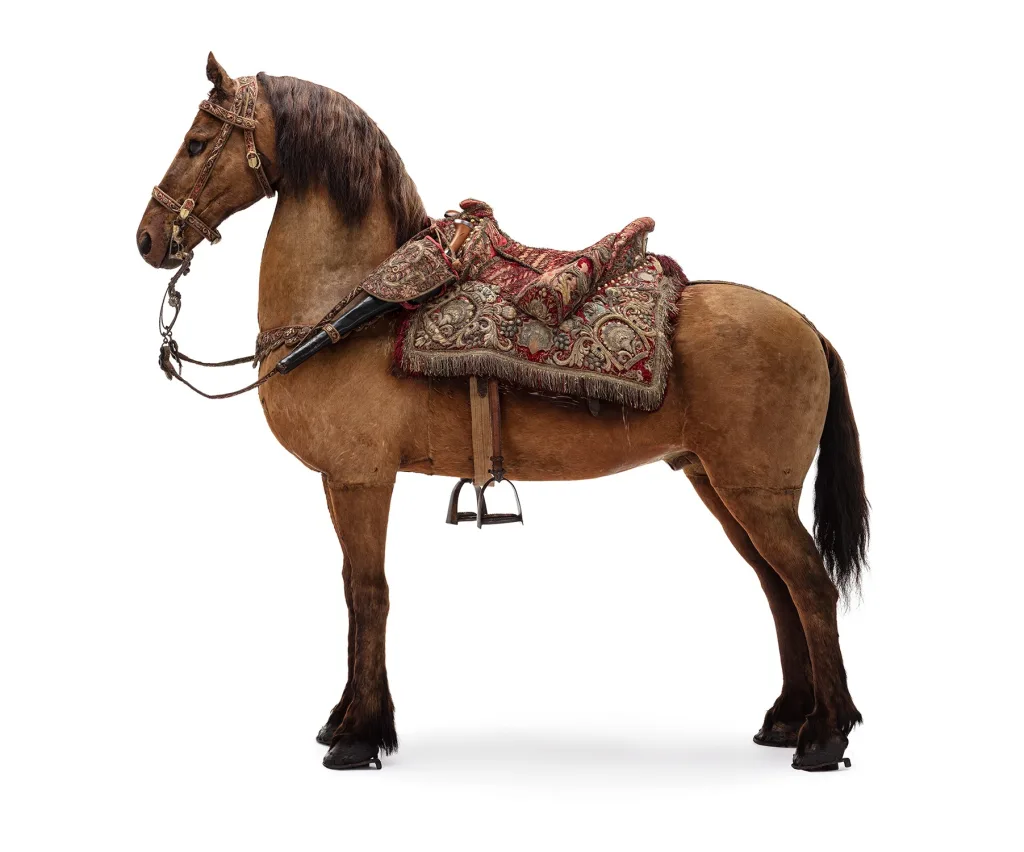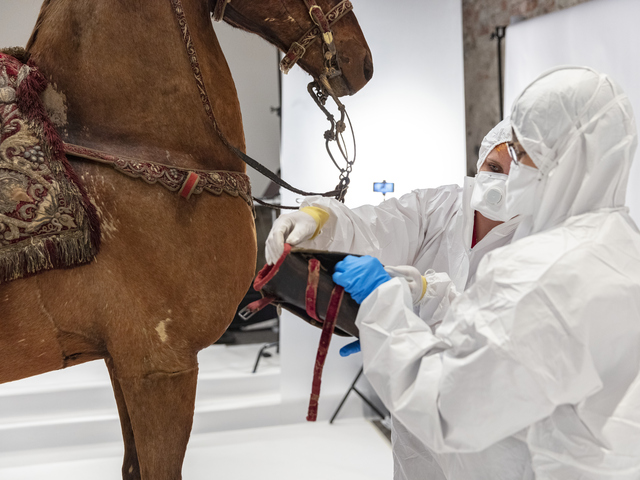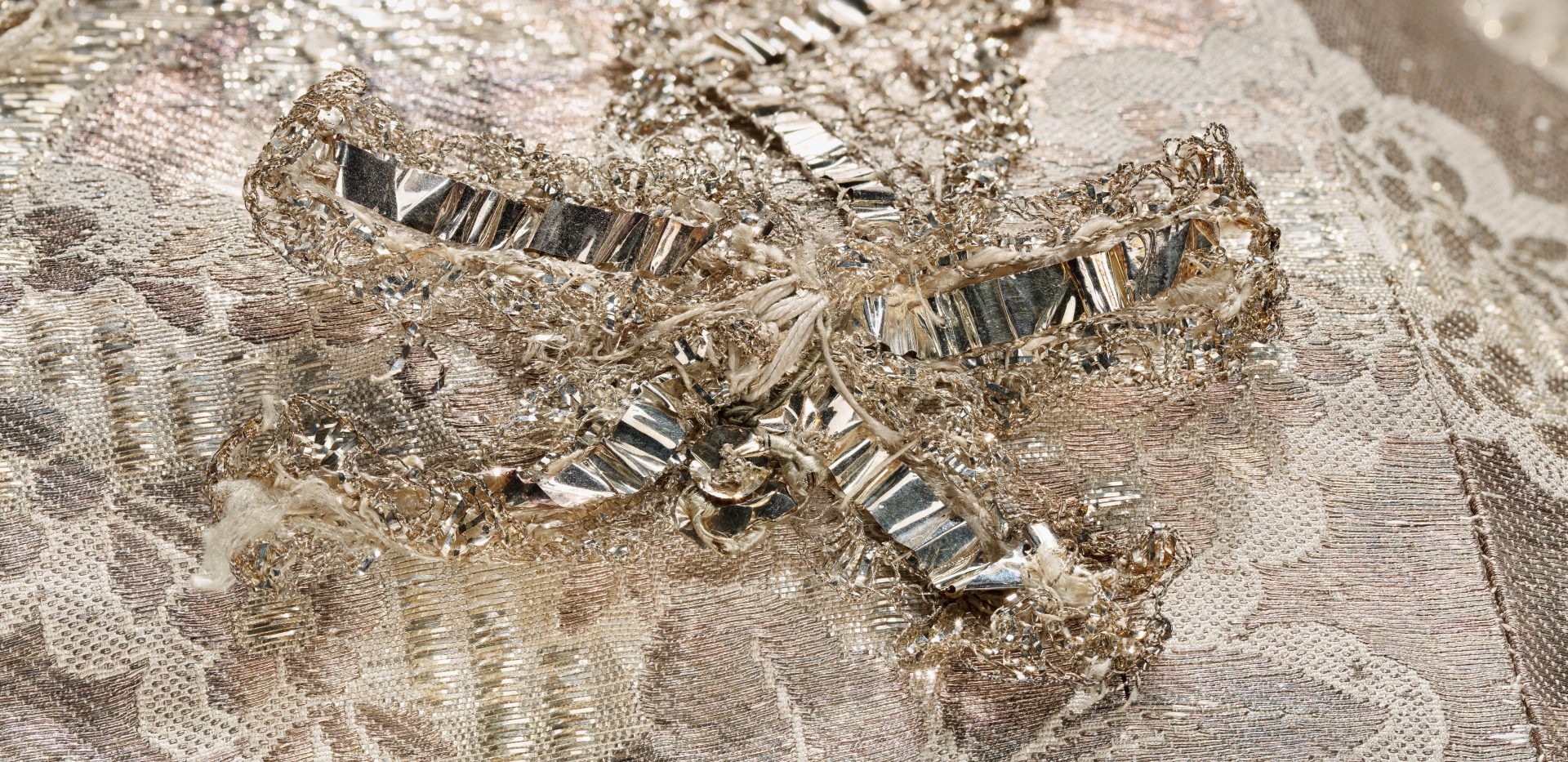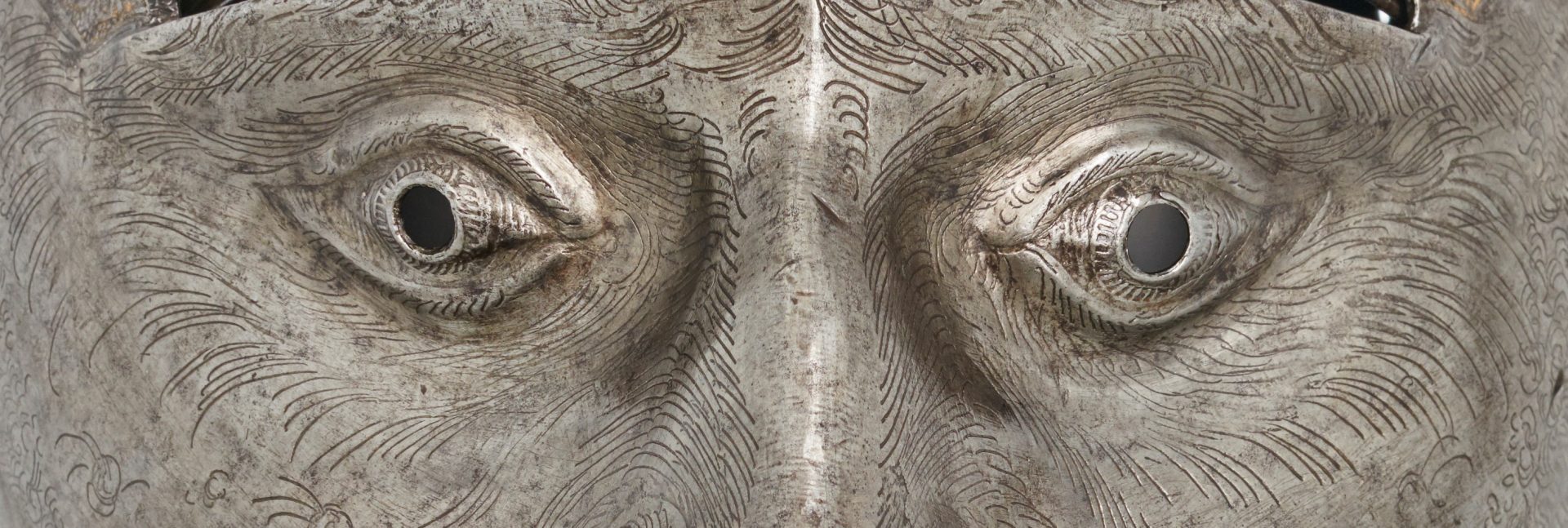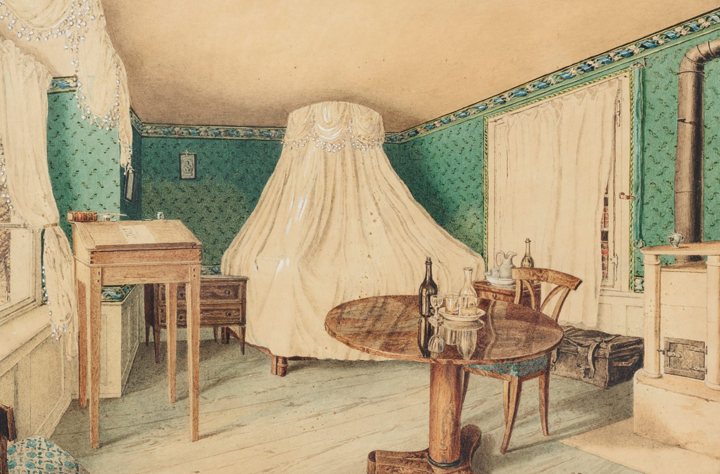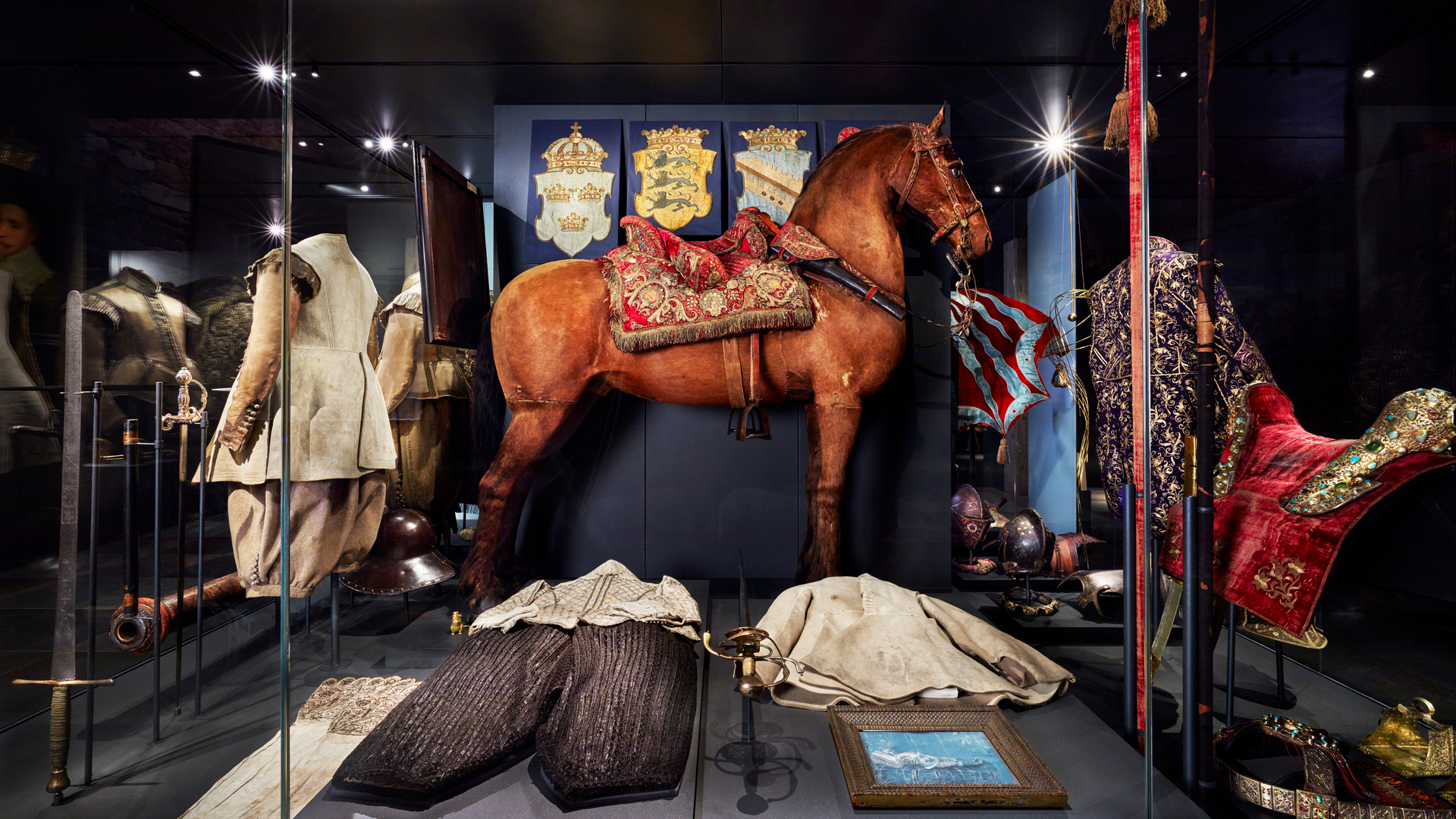
The Horse of Horses
In the early hours of 6 November 1632, thousands of horses, thousands of soldiers and two great generals, Albrecht von Wallenstein and the Swedish King Gustav II Adolf, were waiting to do battle outside Lützen. Gustav II Adolf, The Lion of the North, was riding one of his personal horses - Streiff. What no one could know was that only one of the two would emerge from the battle alive. Out of the mist came the horse. The King had fallen.
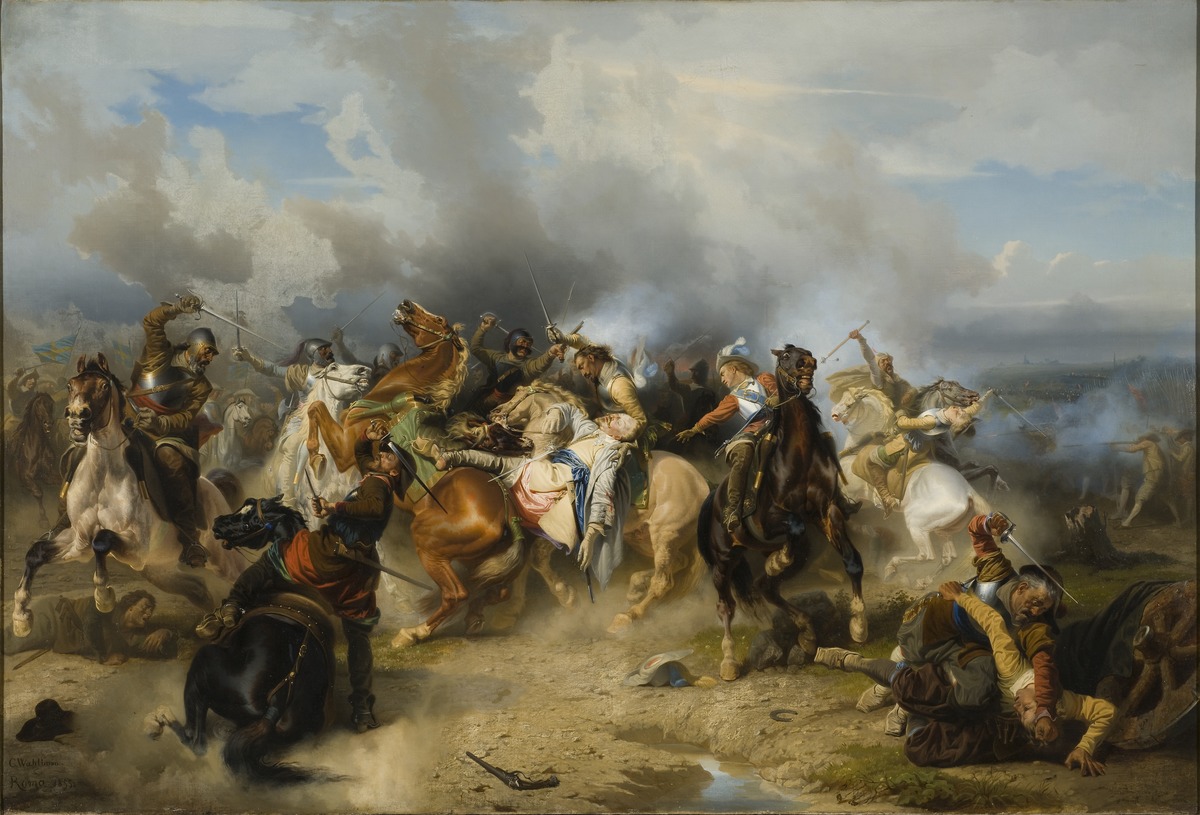
Do we have the right horse?
As far as we know, Streiff is one of the oldest stuffed horses in any museum, and it is undoubtedly the one that is best preserved. Despite some slight shift in proportion when mounting the skin, it gives us a good picture of its true appearance.
The fact that Streiff was stuffed and preserved for posterity may seem strange today, but at that time the horse had a totally different role and significance. Being able to ride and rein in a horse was part of a young nobleman’s upbringing, and when the King was on his travels he was still able to rule because he was in his saddle, which was also his throne. The Prince and his horse were a unit, and it is said that Streiff mourned the King so deeply that it stood with its head lowered for three days without eating.
Click on the different numbers to find out more about the saddle, bullet hole and the details of the mounting process.
